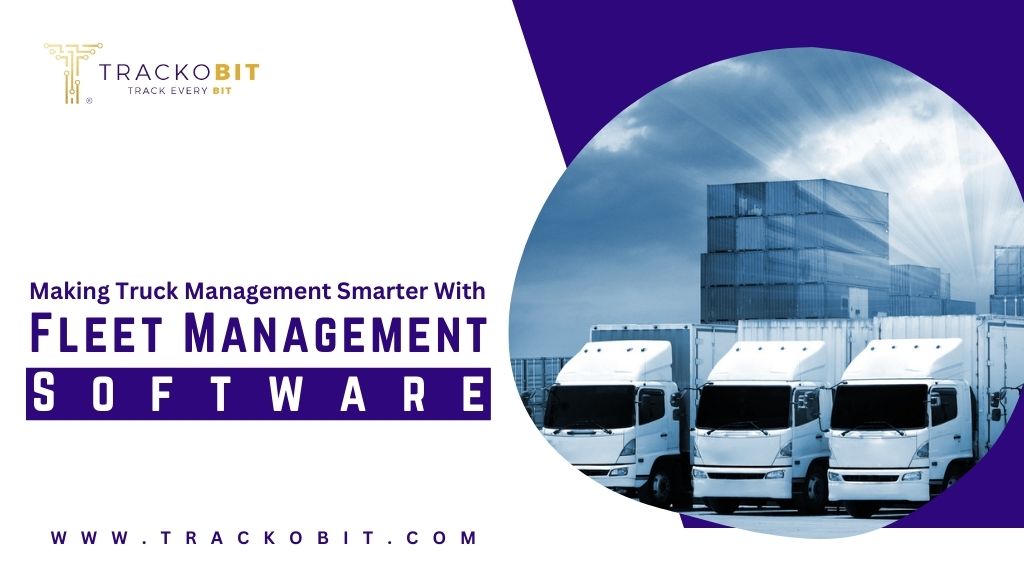Choosing the right access management system is important to ensure cybersecurity for your business. An effective solution will limit user access to appropriate levels without hindering productivity or compromising security.
Admins should be able to easily monitor and quickly generate audit-ready reports for HIPAA, GDPR, and PCI compliance. Moreover, visual features like maps or tree structures help provide visibility of current permissions settings.
Integrations
Managing identity and access to IT networks, applications, services, and information requires a combination of security technologies. IAM solutions that integrate with widely-used authorization-related business systems like Active Directory, Group Policy, and SharePoint provide a valuable service for IT administrators. They allow admins to monitor, analyze and audit their authorization settings to verify changes were made as intended and that there haven’t been accidental damages or unauthorized disclosures of sensitive enterprise data.
Comprehensive IAM integrations also give administrators visibility into privileged accounts to prevent internal threats and compliance violations. Detecting anomalous account activity and identifying dormant/abandoned accounts susceptible to hackers is another important function of a good IAM solution.
Reporting
A top access management system must deliver a broad range of actionable reporting capabilities. These should enable admins to identify configuration errors, suspicious activity, and privilege abuse that could lead to data exfiltration. Some solutions use artificial intelligence to help monitor and protect the network by detecting anomalies. They look for indicators of suspicious behavior, such as many failed login attempts by a user from outside the VPN, and automatically take steps to mitigate risks.
An excellent IAM solution will also provide methods for limiting user access to resources, a strategy called least privilege. This ensures that users receive only the permissions required for their roles and that those privileges are revoked as soon as they’re no longer needed. Some systems even include separate methods for privileged access management (PAM), which helps control access to highly sensitive accounts like administrators overseeing databases, systems, and servers.
Security
The security capabilities of an access management system play a critical role in the overall IAM framework, helping organizations to bolster data protection by ensuring that users have only the privileges they need. This is achieved by combining authentication and authorization into one solution, with the ability to monitor and audit permissions.
An access management system authenticates the identity of a user by requiring proof that they are who they claim to be before granting them access to applications, systems, and IT infrastructure. This can be done by requiring a valid password or credentials, using a digital token such as an SMS, or even through biometrics such as facial recognition or fingerprint scanning. By requiring multiple authentication methods, these solutions help prevent users from using default or weak passwords that cybercriminals can easily steal and are often found in breaches.
An access management system also helps to prevent accidental or malicious damage by minimizing the permissions of end users. This is accomplished by enforcing best practices and limiting different roles’ actions. For example, privileged access management (PAM) provides granular access control for high-risk accounts like admins who oversee databases and systems. This helps to protect against attacks from both insiders and outsiders by preventing them from gaining access to these types of accounts with a single password or credential.
Automation
The goal of an access management system is to ensure that end users only have access to the parts of a network, application, or IT instance they need. While identity management focuses on authentication, authorization deals with giving permissions to specific people or groups of users. A good access management solution should make it easy for admins to manage these different systems in a single directory. It should also simplify signup and sign-in processes for end-users by enabling them to use a single set of credentials that works everywhere. This improves user experience and lowers operating costs. It can also improve security by eliminating risky practices like users recording passwords on paper or using the same password for multiple applications.
Another important aspect of an access management system is its ability to track and report on access activity. This can be helpful when it comes to demonstrating compliance with industry standards or regulatory bodies, such as GDPR and PCI-DSS. It can also help prevent unauthorized changes to sensitive files and reduce the cost of a data breach. An automated access management solution can add extra layers of protection and alerts when anomalous user activities occur, like multiple login attempts or remote access from a public Wi-Fi network.
Mobility
The top access management systems support the secure mobile business by integrating enterprise identity services and bring-your-own-device (BYOD) policies. Look for tools that deliver a smooth user experience by enabling self-service application requests, automated approvals, and single sign-on (SSO) capabilities. These features eliminate risky practices like users recording passwords on paper or using the same credentials for multiple applications. These tools also offer strong security by deploying multi-factor authentication (MFA) options and executing granular access control by assets or by the user.
While authentication is all about identification, authorization is about granting permission to access information. Some IAM solutions include privileged access management (PAM), which manages the permissions for highly privileged accounts, such as admins who oversee databases, systems, or servers. These accounts differ from other IAM roles because theft of these credentials would allow hackers to do whatever they want in a system. These tools isolate these digital identities from the rest using credential vaults and just-in-time access protocols for extra security.



